
It's all change now, after a fantastic summer here. Even though I have no irrigation system, except for two spray-lines in the large polytunnel. So we apply water by hand, from a hose mostly.
As long as we've been able to find time for watering, this summer has been brilliant. Higher light levels mean healthier growth, and even moisture-loving plants such as leeks, are healthier looking than I ever remember. See the photo below, and in person if you attend my open day on Saturday 6th September.
Watering March to August
I just read my water meter and it shows 320 m³ used since 1st March, during six very dry months. From that I subtract 45 m³, the water companies' estimation of household use over six months.
That leaves 275 m³ used in the garden, at £1.60 per m³, for a total of £440.
Sales during the same period have been £26,200. So the water used is just 1/60th of sales.
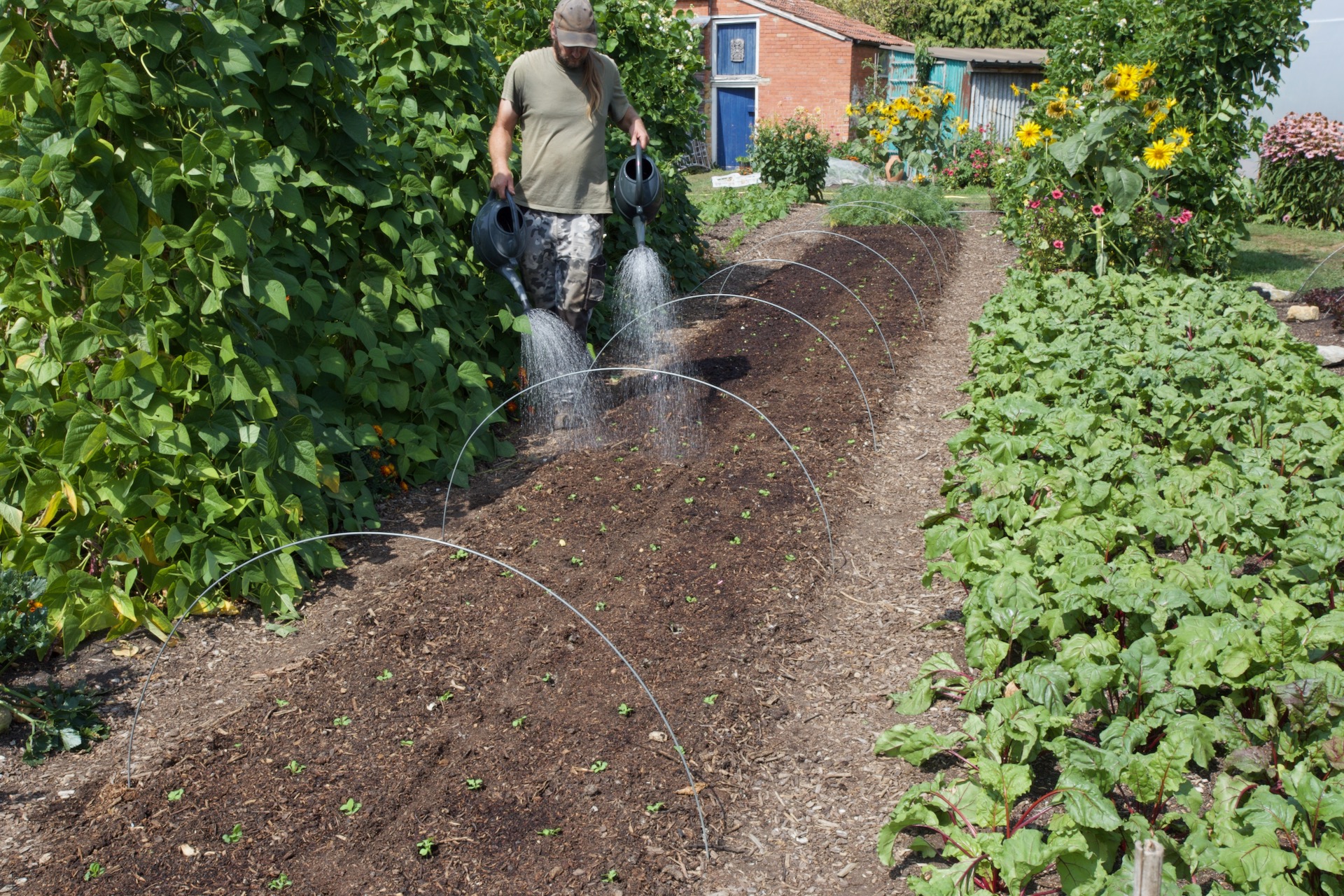
No dig helps, see this new Q&A video, as do the magnetic devices. All water applied flows through a magnetic field, which structures it and increases hydration for plants, and for us.
See the science of that on Abimax's site. I know that not everybody likes this, judging by the emails I receive! For me it's clear, especially when I see the evidence of growth.

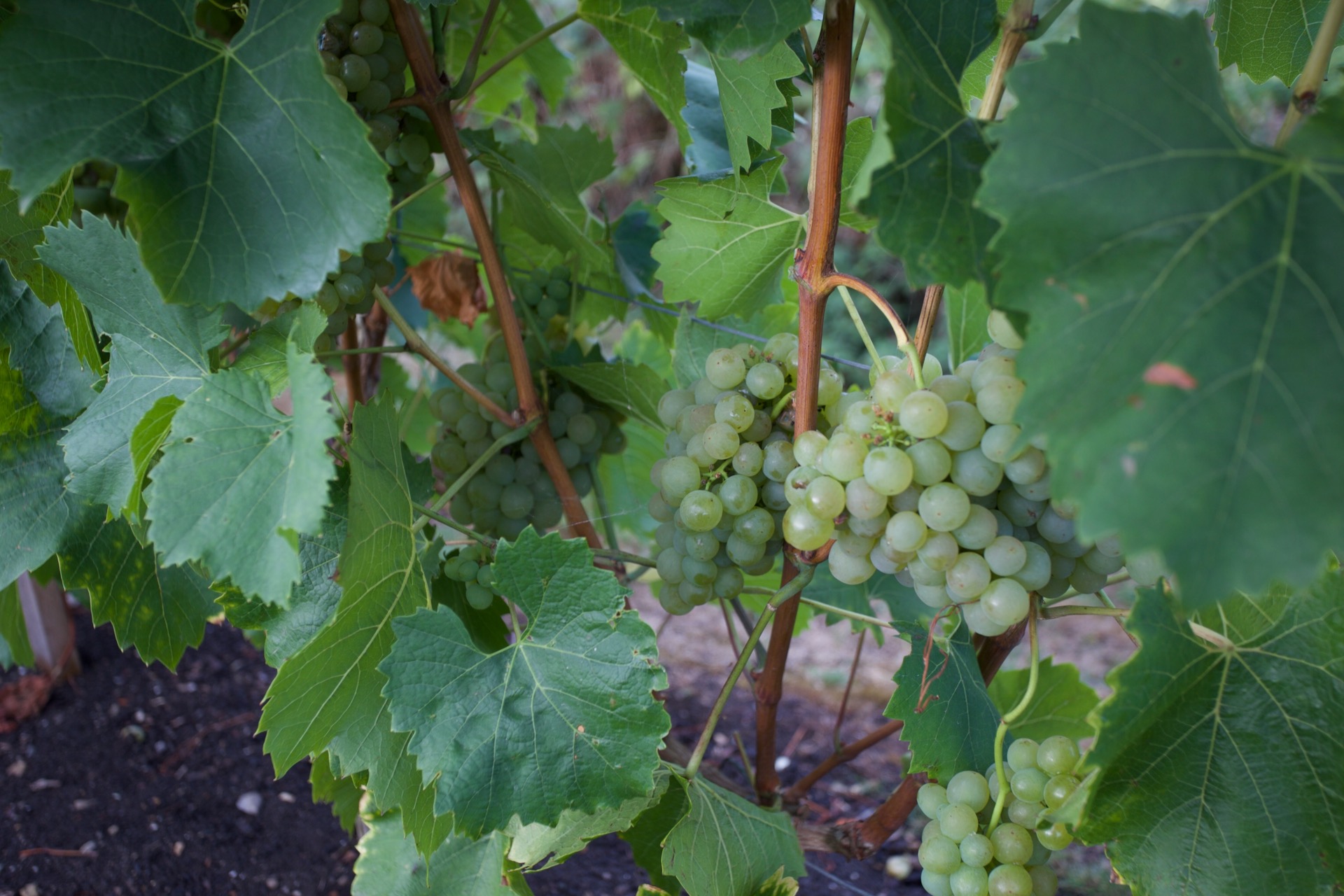
No leek rust
This is strong evidence of how leek rust (Puccinia allii) happens in wet conditions. So not this year. We have watered them twice a week. Likewise, there was far less rust on garlic leaves, compared to normal years when it rains in spring time.
The ground was very dry before we transplanted the leeks, because the bed had already given 13 kg / 28 lb salad potatoes, harvested on 4th July, as in this video.

Fast Growth
I love transplanting in summer because of how quickly we get close to harvest. Just 20 days for the lettuce below, from planting to picking.
While the thumbnail photo of this blog shows us removing a mesh cover from over broccoli and cabbage, transplanted on 17th July.
No dig helps speed growth. I look forward to seeing some of you in Germany for two workshops about no dig, seeds and growing, on 13th to 14 September. I shall be back in Germany in the Black Forest at Hof Sonnenwald on 14th to 16th November, details to follow.
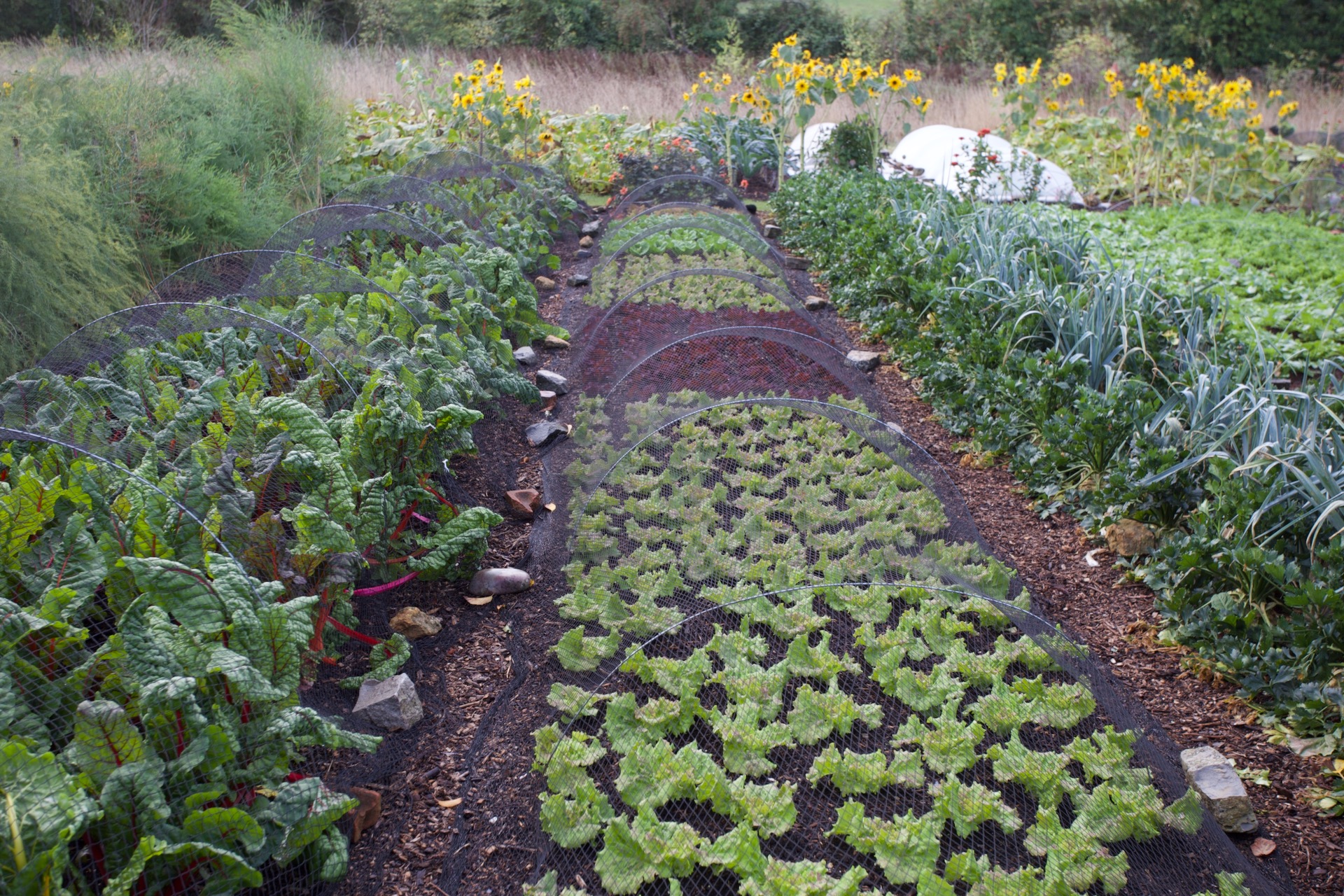
More sowings
If not already done, you can this week sow salad onions and spring cabbage, to overwinter as small plants. Preferably with a mesh cover to keep pests away.
An excellent salad to sow until about 12th September is corn salad / lambs lettuce. It needs to be a established before winter, and then in milder climates, it continues growing until April, for harvests from late November. Sow direct or in trays.
Sow also salad rocket, claytonia, land cress, chervil and coriander to grow outside in mild areas, or under cover in colder climates.

Composting
Here we have fewer greens compared to wetter years. Nonetheless, because many of the harvest beds are watered, they give a large amount of vegetable waste leaves.
That iincludes lower leaves of tomatoes and cucumbers from the polytunnels, and even some marigolds which have been too exuberant in there. Browns I add include paper, cardboard and the wood you see below
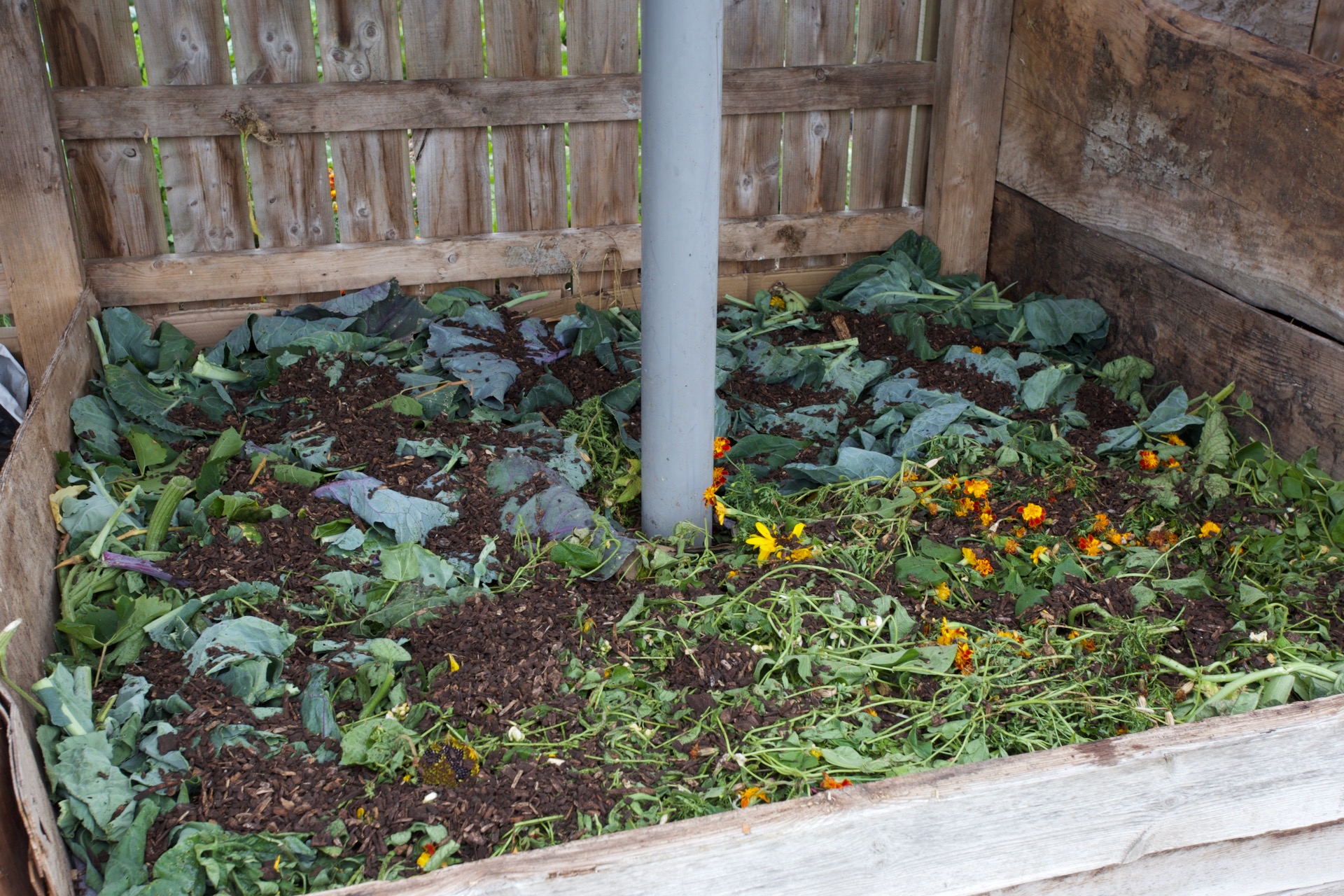
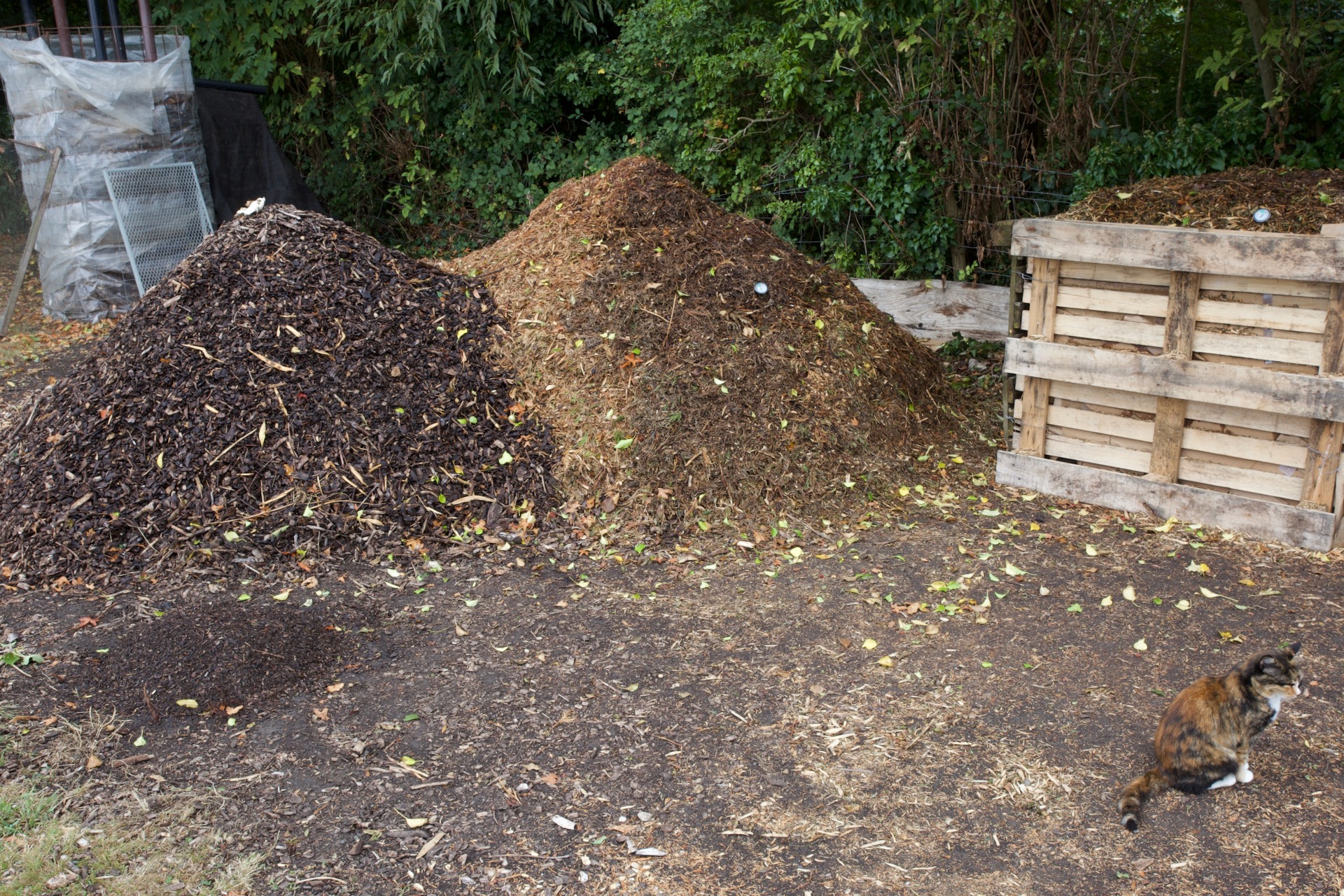
Fertility from wood
From the pile of large chips in the photo above, we have been sieving out some lovely compost, through the 12mm stand-alone sieve. It's a brilliant brown for adding to compost heaps, when most additions are green. See the small pie front left.
Then we put some of that through a 4 mm sieve, to provide compost for potting. It has grown some very nice spinach plants in my CD60 trays. just planted in the photo below, on the left..
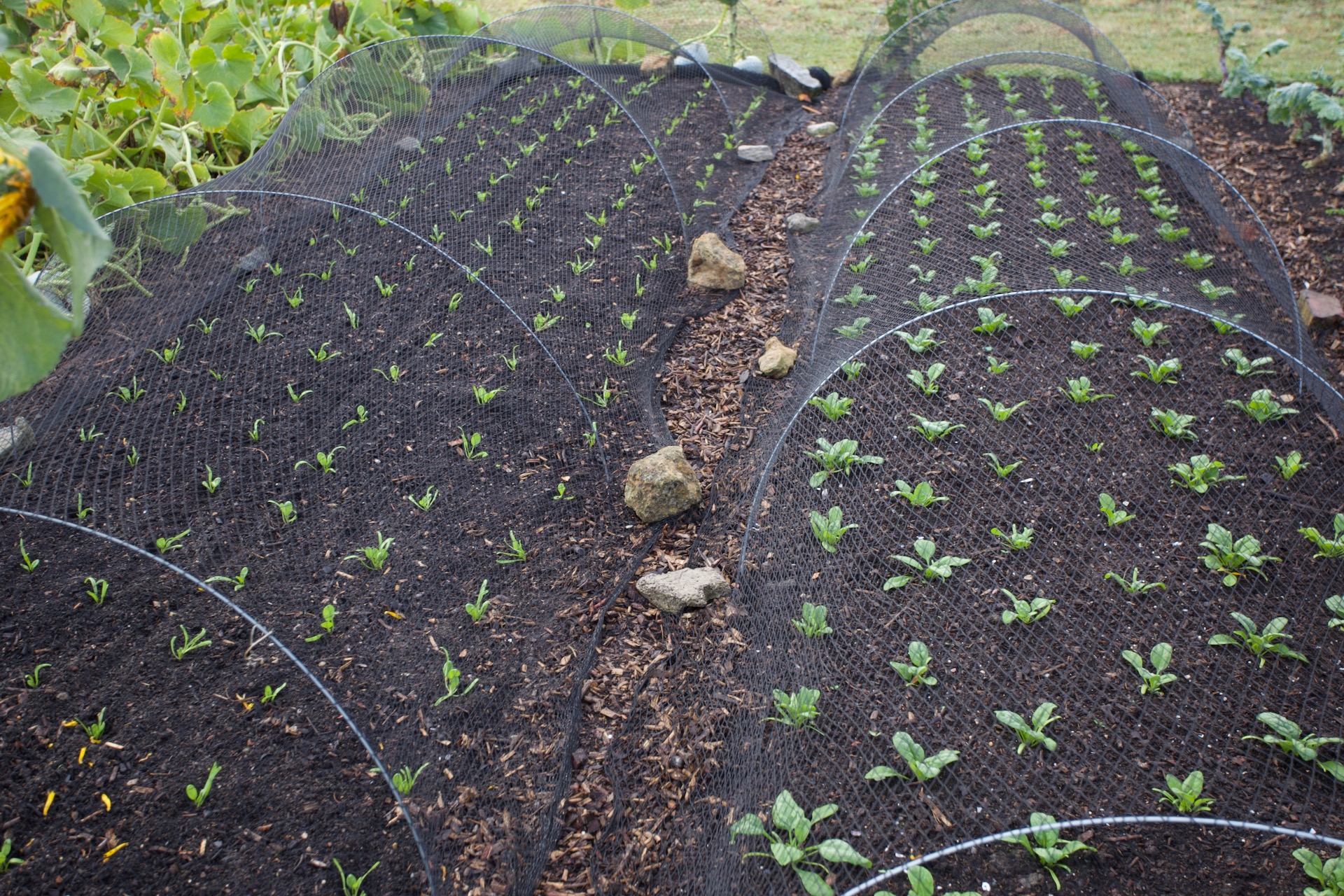








































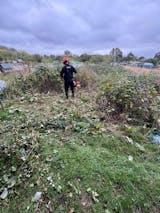
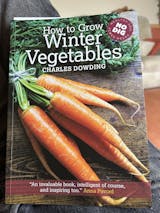


0 comments